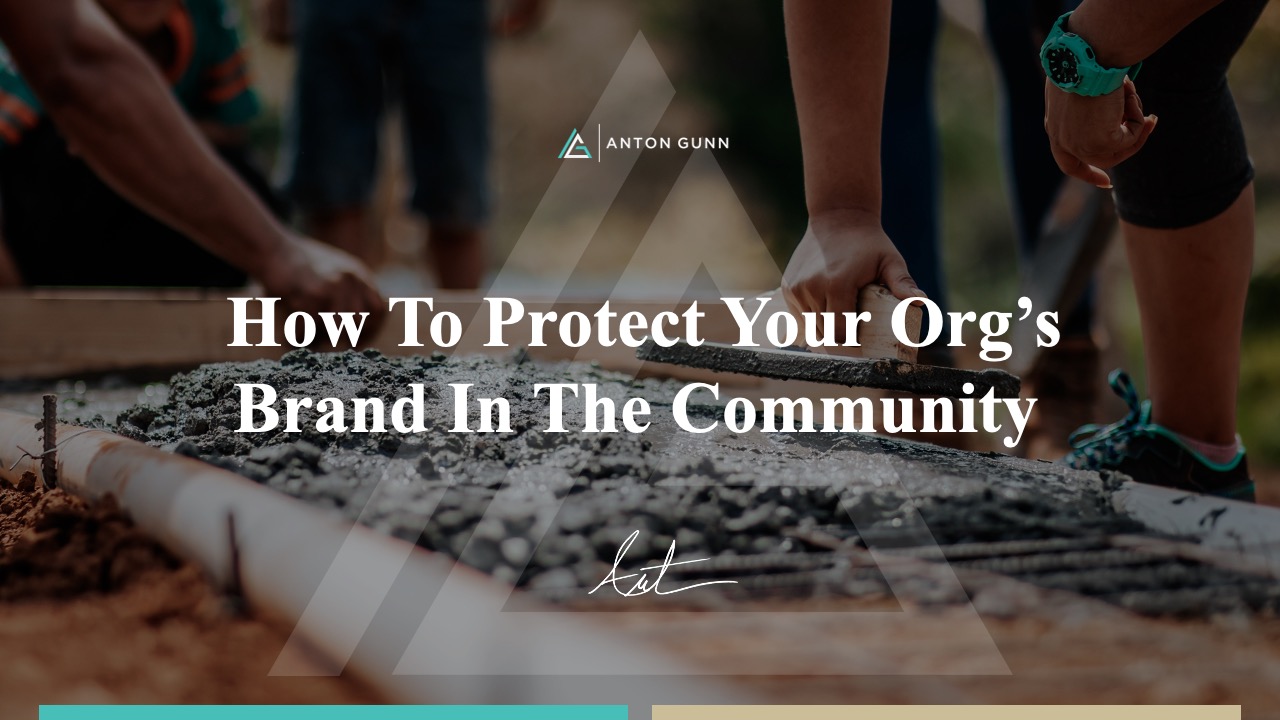Your organization has a brand.
I’m not talking about the brand that you market to your patients or your suppliers.
I’m talking about your brand in your community.
What does your community know about you, think about you and view as your reputation?
You’re probably the largest employer in your community and have more people connected to your brand than you can imagine.
Every time you or someone on your team goes to the dry cleaner, the pharmacy, and change out of their scrubs, they wear their badge.
They’re letting everybody know that they work for your organization.
As a leader, what is your expectation about your team?
Many organizations forget that they have a brand in the community.
They may do good work inside and have good people that work inside.
But if they don’t engage in the broader external community, people could think poorly of their brand.
I’ve been in communities where hospitals are doing world-class work inside the walls, but because they’re so insular and never go out into the community, the community does not think highly of the organization.
They would rather go somewhere else to get their healthcare because that organization has no brand in the community.
You don’t want this to happen to you, not under your leadership.
You really want people to have a good feeling about you from the inside out.
In order to make sure your brand is thriving, as it relates to your community and the surrounding community, there are a few things that you can do.
1. Publish and annual report.
The first thing you can do is to make sure every year you publish an annual report telling people about the value that you bring to the community.
I know some organizations do an economic impact report, where they quantify how much money they pay their employees and what they generate as a business.
How does that have a ripple effect in the economy?
Some healthcare organizations are responsible for one out of every $12 in a community.
This shows the reach of where your brand is helping the local economy go.
2. Focus on the value you bring to the community.
How about you focus on what value you actually bring to the community?
How many of your employees actually volunteer the community?
Have you tried to quantify the volunteer hours that people bring to your community?
If you have, that’s a good step to show people what you’re already doing.
If you’re not doing any volunteer work, that’s the first thing that you need to do.
Gets your team involved.
You have an important job to do in every community.
But what’s more important than what you do day to day is how does the community feel about that?
Do they feel like you’re a value?
If someone tried to buy your organization and wipe it off the earth, will the community fight to have you stay?
Get involved in the community and make sure all of your frontline workers are involved in the community.
3. Serve on local boards.
Another level of getting involved is to make sure your team does more than volunteer.
They should be serving on the boards of local nonprofits and projects.
The more you are serving the community, the greater understanding you’ll have about the challenges that exist in the community and opportunities where you and your large organization can add value.
Anybody that volunteers in the community will have a better appreciation for their community.
When work gets tough, it’s easy for a person to quit if they were never involved in the community.
But it gets really hard for people to quit when they move to a community, take a job and they get involved in the community.
It won’t matter what’s going down at work.
They won’t feel that they can quit on their community.
If you want to protect your brand in the community, you’ve got to talk about how you have an impact.
You got to get your frontline leaders involved.
Make sure your leaders are connected by serving on boards.
If you do this and usher this in as a leader yourself, you will become one of the most admired leaders in your organization, and one of the most admired leaders in your community.








